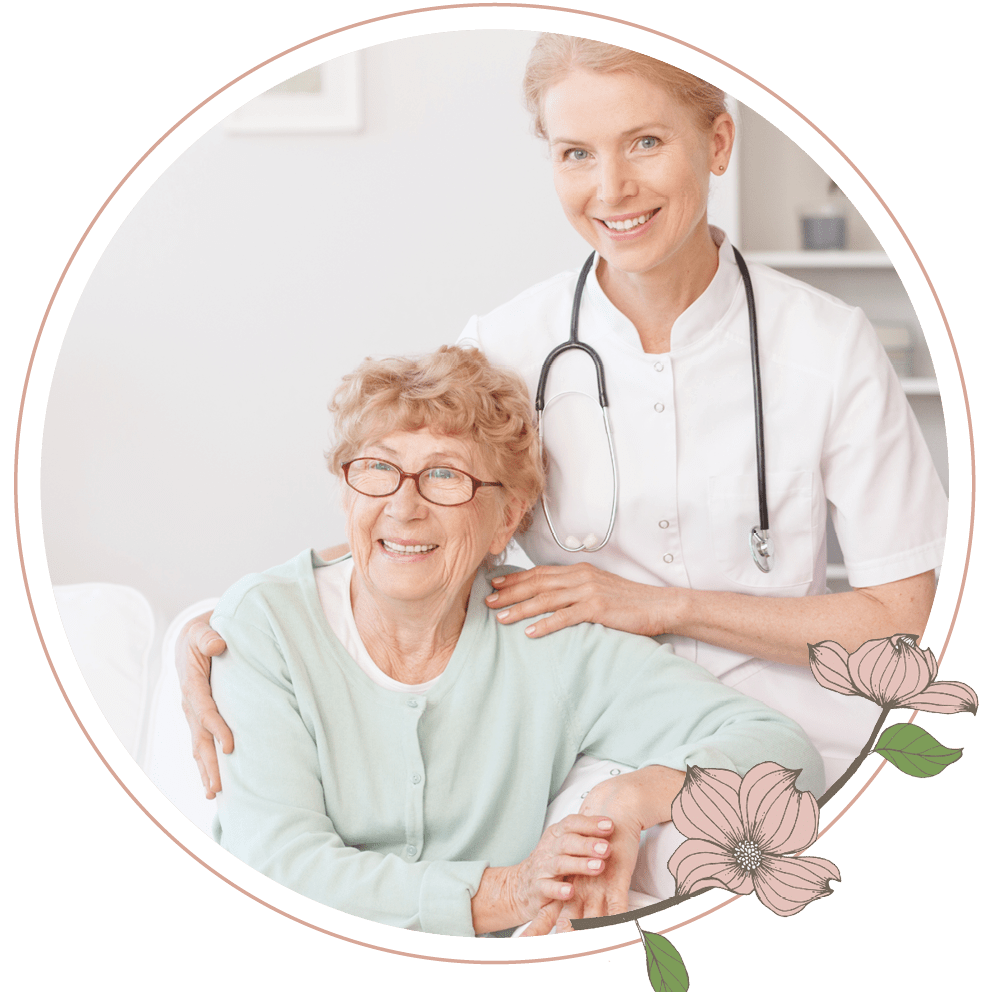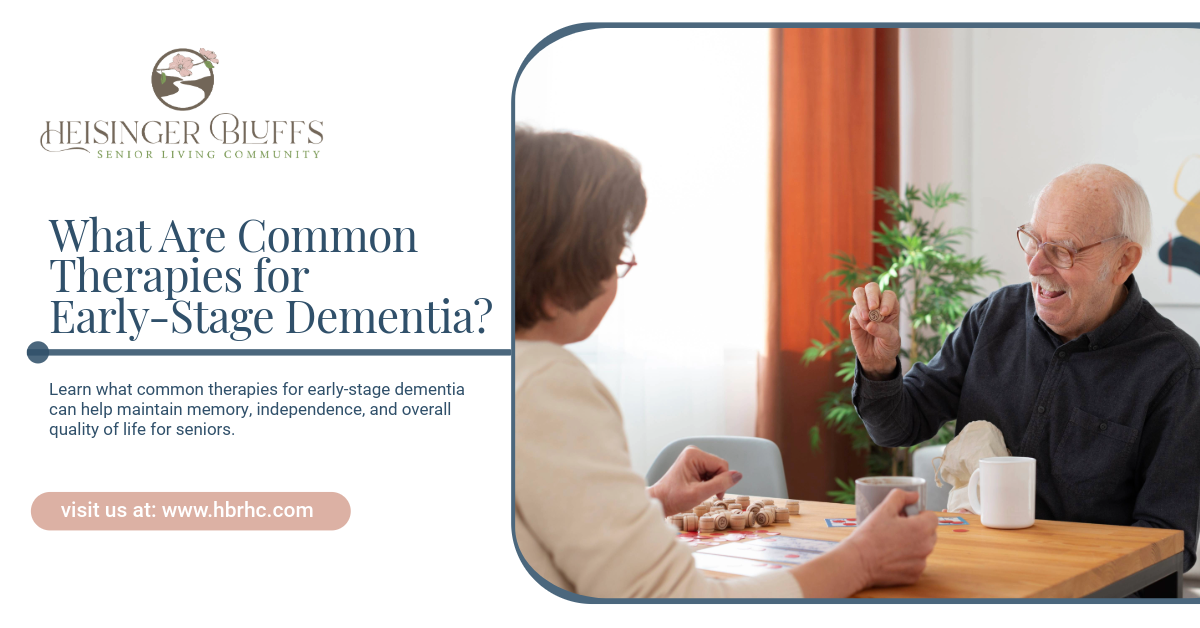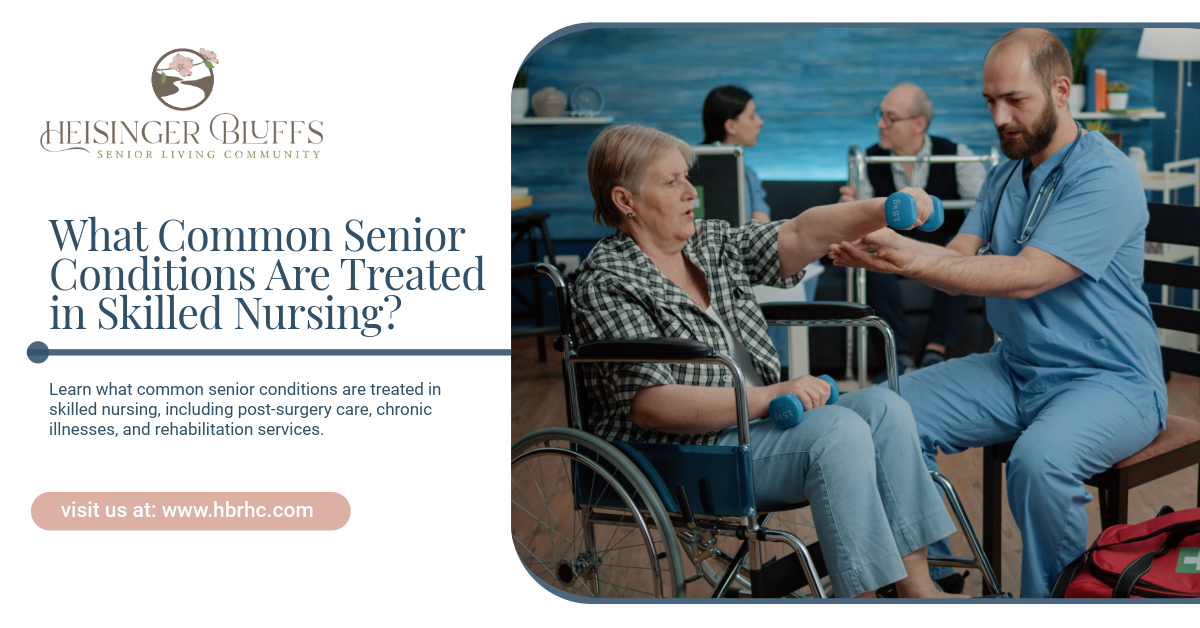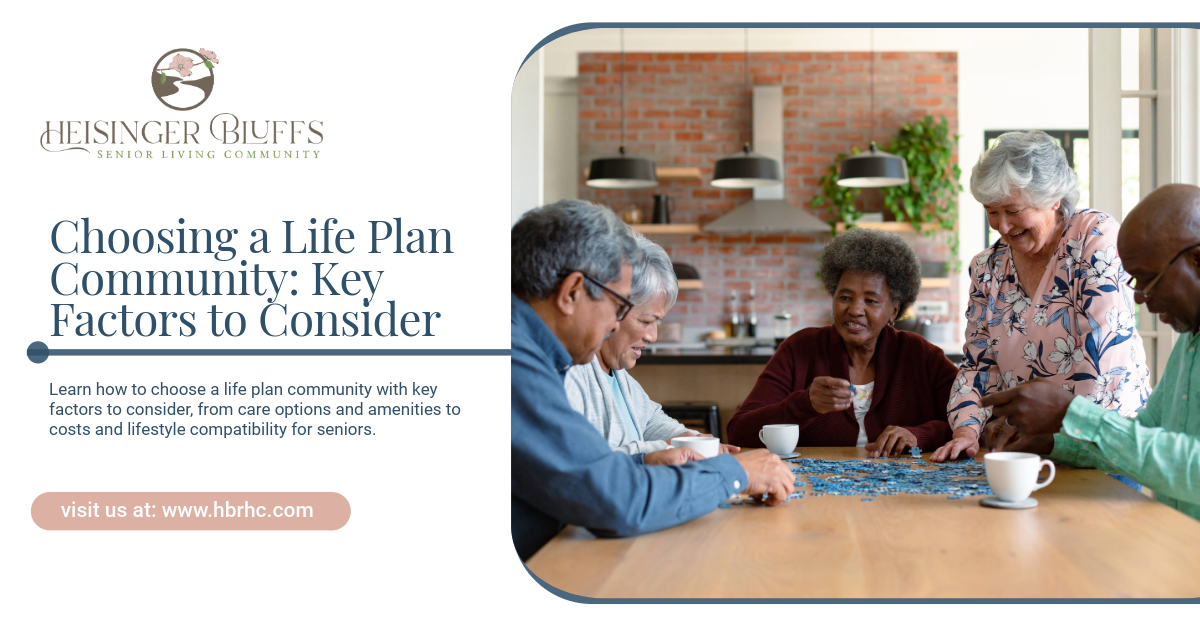Exploring Why Senior Community Living Is Safer Than Aging Alone
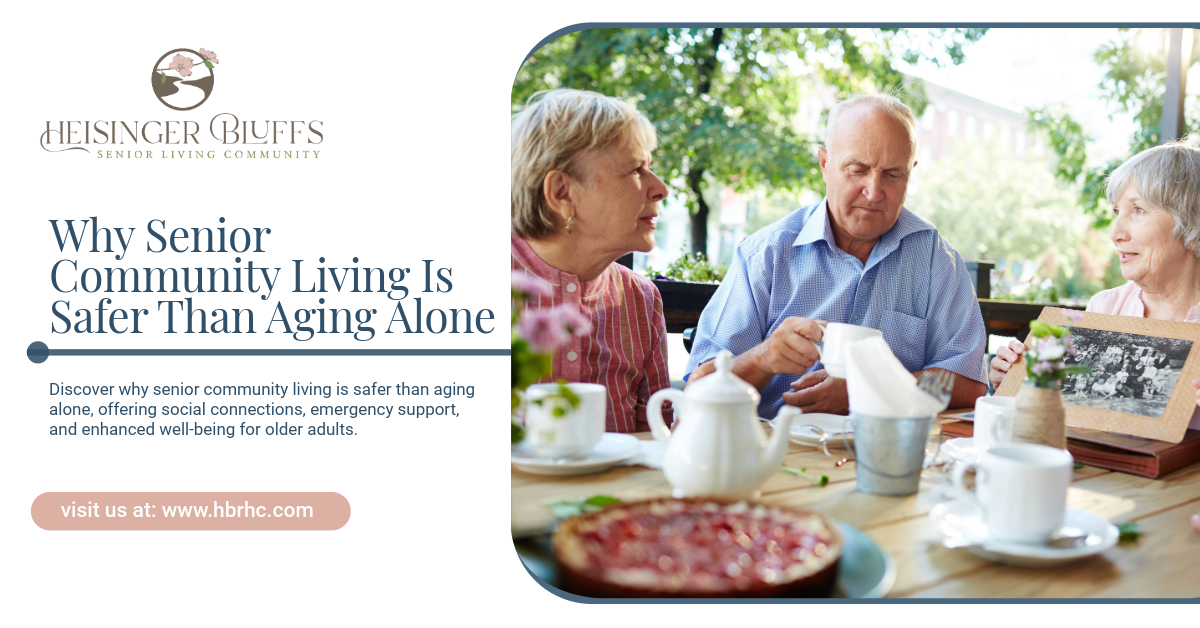
Key Highlights
- Senior communities provide round-the-clock safety and emergency response.
- Social engagement in communities reduces the risks of isolation and depression.
- Health monitoring and care services support chronic condition management.
- Accessibility and fall prevention features create safer living environments.
- Living in a senior community encourages independence while ensuring support.
Senior Living Community vs Aging Alone: Which Is Safer?
As we age, safety, health, and well-being become primary concerns. For many older adults, the choice between living independently at home or in a senior community is critical. While the idea of aging alone may seem appealing for independence, senior community living often provides far greater safety and support. From access to medical care to social engagement, senior communities are designed to help residents thrive securely and comfortably.
1. Emergency Preparedness and Immediate Response
One of the most significant advantages of senior community living is the immediate access to help in emergencies.
- 24/7 staff availability: Trained staff are on-site at all times, ready to respond to medical or safety emergencies.
- Emergency call systems: Residents typically have access to wearable or in-room alert devices that notify staff instantly if help is needed.
- Peace of mind for families: Knowing that professional care is always available reduces anxiety for both residents and loved ones.
In contrast, seniors aging alone may face delayed assistance in emergencies, increasing risks from falls, medical events, or accidents.
2. Fall Prevention and Mobility Support
Falls are a leading cause of injury among older adults. Senior communities take proactive measures to reduce these risks:
- Safety-focused design: Handrails, non-slip flooring, and well-lit hallways reduce the likelihood of falls.
- Physical support: Many communities offer on-site physical therapy and mobility assistance to maintain strength and balance.
- Regular monitoring: Staff can observe changes in mobility and intervene early if a resident shows signs of difficulty.
A study by the Centers for Disease Control and Prevention (CDC) found that older adults living alone are more likely to experience severe injuries from falls compared to those in monitored environments.
3. Health Monitoring and Chronic Condition Management
Chronic conditions such as diabetes, hypertension, and heart disease are common in older adults. Senior community living offers consistent monitoring and support:
| Feature | Benefits |
|---|---|
| On-site nursing care | Immediate attention for chronic condition management and medication administration |
| Routine health checks | Early detection of potential health issues |
| Coordinated care | Seamless communication with doctors and specialists |
| Wellness programs | Exercise and nutrition guidance to maintain health |
These services reduce health risks and hospitalizations, which are more common among seniors living alone without consistent medical oversight.
4. Social Engagement Reduces Risk
Loneliness and social isolation are serious concerns for older adults living alone, contributing to cognitive decline, depression, and even higher mortality. Senior communities promote social connections through:
- Group activities and clubs
- Fitness classes and wellness programs
- Communal dining and shared living spaces
- Intergenerational programs with local schools or volunteer groups
Engaging with others improves mental health, encourages active lifestyles, and reduces risky behaviors that can occur in isolation.
5. Accessibility and Support Services
Many seniors choose independent living for freedom, but communities offer safety without sacrificing independence:
- Transportation services: Reduce risks associated with driving or navigating public transportation alone.
- Housekeeping and maintenance: Prevent injuries from home repairs or heavy lifting.
- Meal services: Ensure balanced nutrition without the risk of cooking accidents.
These services help residents live independently while remaining in a safe, structured environment.
6. Cognitive Health and Supervision
For seniors with early-stage memory loss or dementia, senior community living provides a safer environment than living alone.
- Memory care programs: Structured routines and supervised activities help reduce confusion and wandering.
- 24/7 monitoring: Staff can recognize behavioral changes or emergencies quickly.
- Safe environment design: Locked exits, clear signage, and secured areas minimize risk for cognitive impairments.
Such measures prevent accidents and provide reassurance for families.
7. Enhanced Lifestyle with Safety in Mind
Safety in senior communities extends beyond emergencies or medical care. By creating environments that combine comfort, accessibility, and social opportunities, residents benefit from:
- Reduced stress and anxiety due to predictable routines
- Opportunities for mental stimulation through classes, games, and hobbies
- Physical wellness through guided exercise programs and safe outdoor spaces
This holistic approach ensures seniors not only live longer but also enjoy a higher quality of life.
Comparing Safety: Aging Alone vs. Senior Communities
| Aspect | Aging in Place | Senior Community Living |
|---|---|---|
| Emergency Response | Delayed or self-managed | Immediate access 24/7 |
| Fall Prevention | Limited home modifications | Safety-focused design and support |
| Health Monitoring | Self-managed | Regular health checks and on-site care |
| Social Interaction | Potential isolation | Structured social engagement |
| Cognitive Support | Minimal | Memory care and supervision available |
| Daily Living Assistance | Reliant on family or neighbors | Comprehensive support for meals, housekeeping, transportation |
This table illustrates the clear safety advantages senior communities provide compared to aging alone.
Final Thoughts
Choosing a senior community offers unmatched safety, medical support, and social engagement compared to living alone. Residents benefit from immediate emergency response, fall prevention, health monitoring, and a vibrant community of peers and staff who ensure a high quality of life.
For those considering a transition, Heisinger Bluffs provides a secure, supportive environment where seniors can thrive independently while knowing help is always within reach. With a focus on safety, wellness, and community, moving to a senior living community can be a transformative step toward peace of mind for both residents and their families. Contact us today!
Frequently Asked Questions
Are senior communities only for those with health issues?
No. Many seniors choose community living for safety, social engagement, and convenience, even if they are relatively healthy.
How do senior communities handle medical emergencies?
Most communities have 24/7 staff, emergency alert systems, and on-site nurses to respond quickly.
Can residents maintain independence in a senior community?
Yes. Many communities offer independent living options with support services available as needed.
Are fall prevention measures really effective?
Yes. Studies show safety-focused design, mobility support, and staff monitoring significantly reduce fall risks.
How do senior communities help with cognitive decline?
Memory care programs, structured routines, and supervised environments help prevent accidents and maintain cognitive function.
Sources:
- https://pmc.ncbi.nlm.nih.gov/articles/PMC7093636/
- https://www.cdc.gov/falls/data-research/facts-stats/index.html
- https://www.ncoa.org/article/the-top-10-most-common-chronic-conditions-in-older-adults/
- https://www.nia.nih.gov/news/social-isolation-loneliness-older-people-pose-health-risks
- https://www.nhs.uk/live-well/exercise/physical-activity-guidelines-older-adults/



